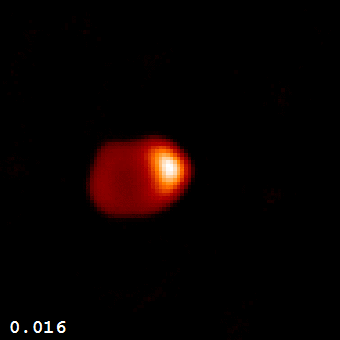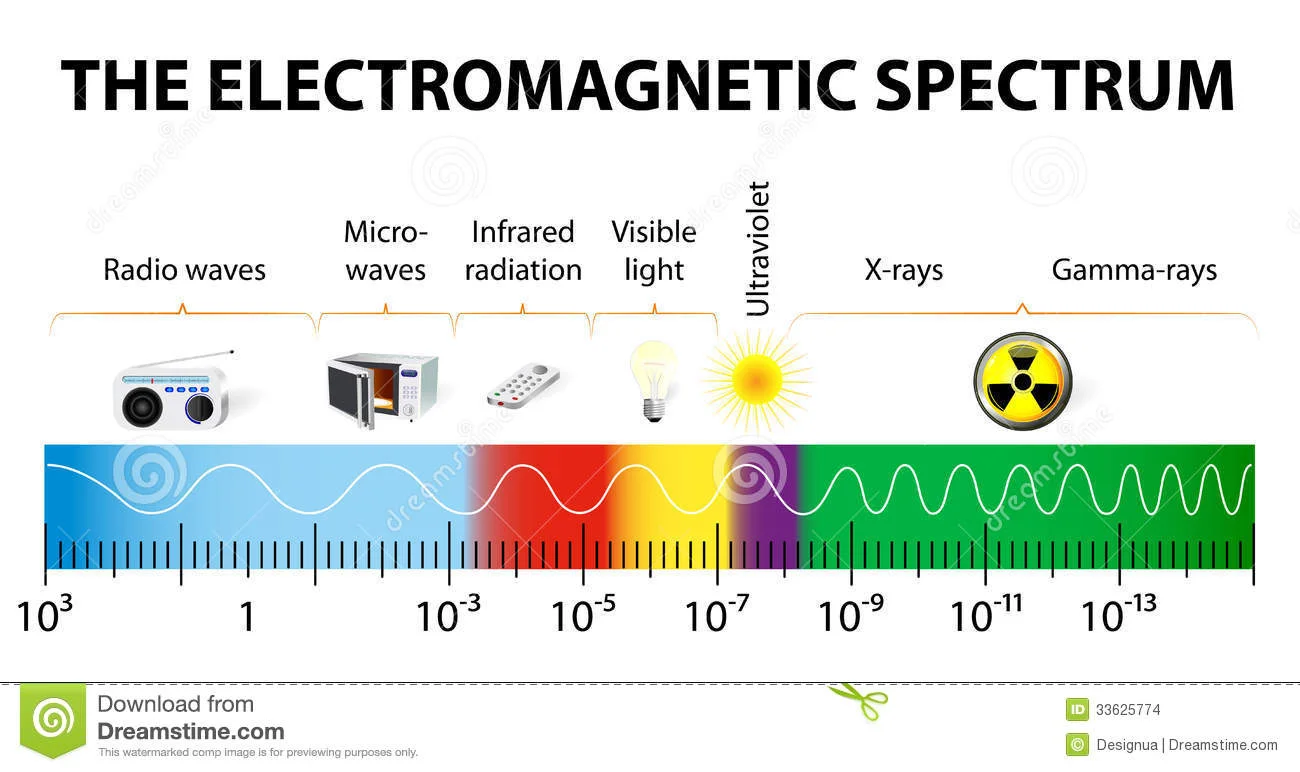Binary stars are systems in which two stars orbit each other around a common centre of gravity. It is estimated that more than half and maybe as much as two thirds of star systems are binaries. Many of these are aligned with respect to earth so that they alternately eclipse each other.
Read MoreNo two stars are the same, just like no two people are the same. For a start there are different generations of stars. First generation stars are all hydrogen and some helium to start with, and pressure and temperature at their cores is high enough to make hydrogen atoms fuse into more helium, releasing
Read MoreHenrietta Swan Leavitt was born in Massachusetts in 1868. At Radcliffe College she studied analytical geometry and calculus as well as classical Greek, fine arts and philosophy, graduating with a bachelor’s degree in 1892 at the age of 24.
Read MoreIt was in 1798 that the French mathematician Pierre-Simon Laplace published his book ‘Summary of the History of Astronomy’. In it he proposed a method of measuring the distance to nearby galaxies. This idea eventually became known as Surface Brightness Fluctuations.
Read MoreThe Alpha Centauri star system is the nearest star to our sun. Even so it’s a tad less than 4.4 light years away. That might not seem like much, but it’s 25,800,000,000,000 miles or 41,500,000,000,000 kilometres. It’s impossible to get a grasp of how
Read MoreThis is one of the oldest rocks in the world. An Acasta Gneiss from near the great bear lake in in north western Canada. It is 4.03 billion years old.
Read MoreImagine a field of fallow grass that has been left for a few years. The grass has grown a roughly equal length everywhere. The field slopes from one corner to the corner diagonally opposite, except at the bottom, where it flattens out, forming a level triangle.
Read MoreImagine an abacus with only one bead on each wire. Each wire represents a variable, and is scaled accordingly (number, distance, etc). The single beads mark out a distinctive track across the variables. Its a kind of zipcode for the future event we are attempting to assess.
Read More




